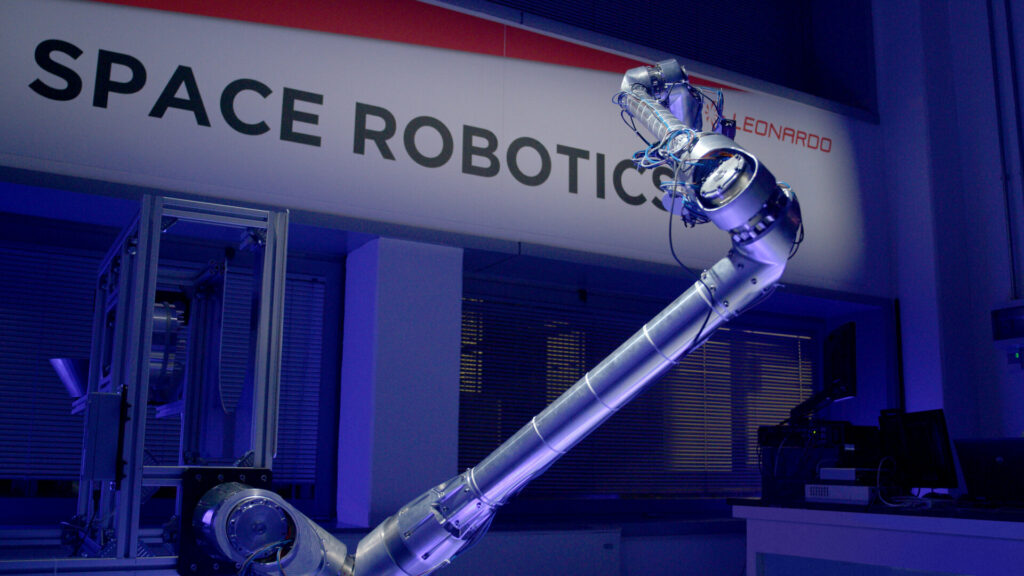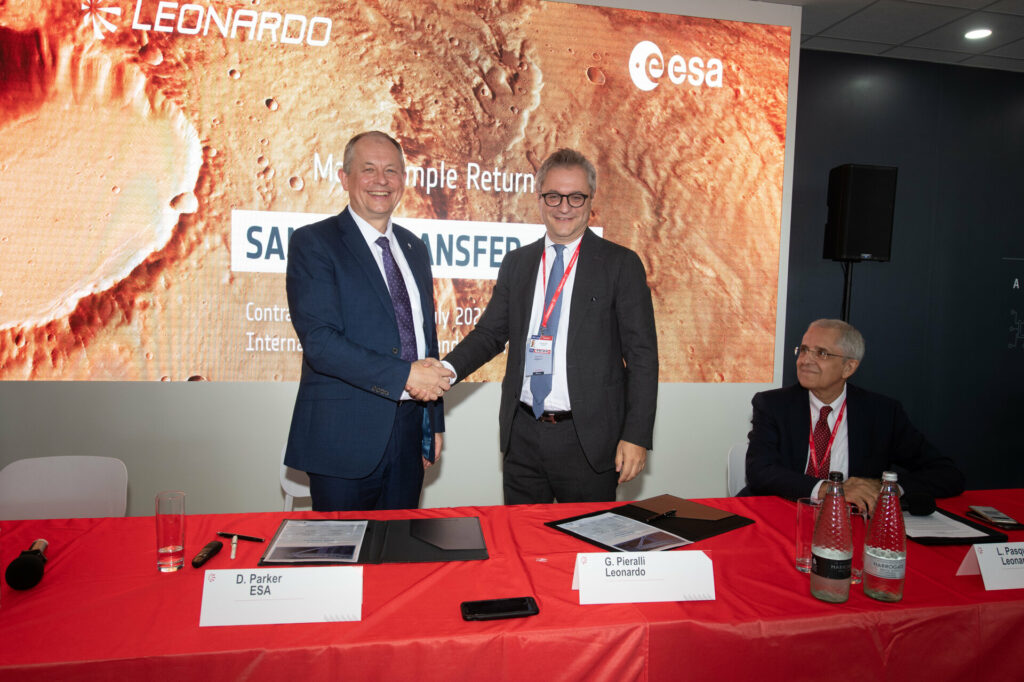Italian aerospace company Leonardo has received an ESA contract for the construction of a 2.5-meter robotic arm STA (Sample Transfer Arm). It will be used in the MSL (Mars Sample Return) mission, the purpose of which is to deliver to Earth samples of the soil of the Red Planet collected by the Perseverance rover.
MSR Mission
The MSR mission is a joint brainchild of NASA and ESA. Its purpose is to deliver to Earth samples of Martian soil and atmosphere collected by the Perseverance rover (43 capsules are installed on board for this purpose).

In a simplified form, the mission plan assumes the launch of three spacecraft to Mars. Two of them (a rover and a stationary platform equipped with a return rocket) will land on the surface of the planet, while the third will enter orbit around it. Next, the rover will pick up samples of Martian soil collected by the Perseverance rover and reload them onto the return rocket.
The last will launch from the surface of Mars, dock with the probe remaining in orbit and “transfer” capsules with soil to it, after which it will set a return course to our planet. Delivery of samples is scheduled for 2033.
STA Robotic Arm
The STA robotic arm will be installed on a stationary platform. It will pick up the capsules with soil collected by the rover, overload their cargo compartment of the return rocket, and then close it. After that, the rocket will be able to launch.

The STA will be equipped with a pair of cameras and a variety of sensors designed to coordinate movements. Its architecture mimics a human arm with shoulder, elbow and wrist and has its own built-in brain and eyes. The robot can perform a large range of movements with seven degrees of freedom, which is more than enough to complete the mission tasks.

The creation of the manipulator will be handled by the Leonardo company. It has already built and tested a prototype of the STA, which allowed it to get an official ESA contract to create the device.
You can also read about China’s plans to launch its own mission to collect samples of Martian soil.
Follow us on Twitter to get the most interesting space news in time
https://twitter.com/ust_magazine

